There was trepidation in the air at the Ballyhaise open day last Thursday. Grass growth up to last week was more or less on a par with other years at about 0.5t/ha, which is about 0.5t/ha less than the growth in Moorepark. The farm was tight for grass, with an average farm cover of 440kg/ha, but had enough silage. The feeling I got was that 2018 wasn’t too dissimilar to any other year in Cavan or Monaghan. The fear was, though, that if grass growth and weather doesn’t improve soon, the silage stocks that were held in reserve would be eaten. After a wet week, many farmers in the region are now in this position.
All the cows and replacement heifers at Ballyhaise were out grazing. Stock were looking excellent – lovely square cows and nearly all with a condition score of above three. The direction the farm has taken has changed significantly since it became a research farm as opposed to just being used for education.

The cows on the average grazing season length treatment at Ballyhaise are milking 2.01kgMS/cow/day on 4kg of meal and 2kg of silage.The cows on the average grazing season length treatment at Ballyhaise are milking 2.01kgMS/cow/day on 4kg of meal and 2kg of silage.
Back in 2004, the farm was growing 10.5t/ha of grass and stocked at 2.2 cows/ha. Over 700kg of meal was being fed per cow and 0.7tDM of silage per cow was being bought in. The herd of cows had a low EBI of -€16 in today’s terms. They were high-producing cows, having sold 433kg of milk solids. Net profit, with full labour costs and with a base milk price of 29c/l, was €450/ha.
Fertility was all over the place. When the herd were bred for 12 weeks there was a 36% empty rate. Donal Patton described the progress of the herd in three stages;
“For the first few years the empty rates were massive and we had to buy in replacement heifers because we weren’t breeding enough. For the next three or four years we did our best to just about hang on to everything and not buy in stock. Now we’re throwing off surplus stock and at the stage where we can do selective culling.”
In 2017, the farm grew 15t/ha of grass and was stocked at 2.75 cows/ha. Just over 550kg of meal was fed per cow and 0.15tDM of silage was bought in. The herd EBI is €139 and the cows sold 420kg of milk solids. Empty rate after 12 weeks of breeding was 9%. The net profit, including labour costs, have more than trebled to €1,500/ha at the same base milk price of 29c/l.
Grass growth
While the farm grew 15t/ha of grass last year, the trend in grass growth since 2011 has been variable. The farm grew over 14t in 2011, but only 11t in 2012. It grew 15.5t in 2014, but only 12.75t in 2016. The farm’s stocking rate is not determined by the amount of grass grown on a good year, but by the bad year.
“You can’t make long-term decisions based on what happened in a good year. Weather has a big impact on how much grass you can grow and when you can graze it, particularly in this part of the country, so you need to look at grass growth over a number of years and set your stocking rate accordingly,” said assistant principal Oliver Tierney.

The maiden heifers at Ballyhaise weighed an average of 305kg in mid-February. The maiden heifers at Ballyhaise weighed an average of 305kg in mid-February.
About half of the land on the Ballyhaise farm is good and free-draining. Managing the wetter parts has been a key lesson from Ballyhaise. Improving soil fertility, drainage and reseeding has helped to improve grass growth and utilisation. Skipping in to graze the wetter parts of the farm when conditions allow is a key part of managing the mixed soil types.
Research
A new trial looking at extended grazing started at Ballyhaise in 2017. Preliminary results were presented at the open day. Two stocking rates are being compared, 2.5 cows/ha and 2.9 cows/ha. Cows at each stocking rate are managed under two treatments. One treatment is extended grazing, where cows are expected to be out grazing for 270 days (15 February to 20 November). The other group has a shorter, more average grazing season length of 205 days, from 5 March to 20 October.
Louise Cahill is the research student working on the trial. The purpose of the study is to quantify the effects on cow and grass performance over a period of four years. There was no real difference in grass growth between the different systems. As the stocking rate and grazing days increased, so too did the amount of grass grazed, but more grass was turned into silage at the lower stocking rates and shorter grazing season treatments.
The frightening thing is that in this region, 19% of cows are recycled and about 20% of cows are culled. This means that one in five cows are culled and one in five cows are on a holiday
The cows in the two short grazing season groups produced 452kg of milk solids per cow, from 544kg of meal. This group were fed about 0.9t DM of silage during lactation. The low stocking rate and extended grazing group produced 454kg of milk solids while the higher stocked cows produced 470kg of milk solids. Both of these groups were fed 448kg of meal. The lower stocked group got 0.36t DM of silage while the higher stocked group got 0.48t DM of silage during lactation. “The results to date suggest that extending the grazing season by 60 days delivered similar milk solids production but resulted in 100kg less concentrate and 450kg of silage dry matter compared to an average grazing season length,” Louise said.
Brendan Horan said that the real effects of extended grazing probably won’t be felt for a few years as it takes time for the condition of the grass swards to change.
Joe Patton presented data on breeding and genetics from the Cavan and Monaghan region. Of note was that calving interval in the region is 402 days on average.
The six-week calving rate is 47%. A massive 19% of cows are recycled every year and only 48% of heifers calve at two years of age. The average EBI of herds in the region is €54 with the fertility sub index at €13. The EBI of the Ballyhaise herd is €161 with a fertility sub-index of €63.
“The frightening thing is that in this region, 19% of cows are recycled and about 20% of cows are culled. This means that one in five cows are culled and one in five cows are on a holiday,” Joe said.
On minerals, he said about 90% of the queries he gets about nutrition and breeding are to do with minerals, but that minerals are only a problem in about 10% of cases.
He said that once the cow is covered for what minerals she requires, there is no additional benefit in feeding more minerals and that farmers would be better off being obsessed about submission rate in the first six weeks than worrying about issues that aren’t there.
A new contract rearing unit has been set up at Ballyhaise. The new enterprise comprises 30 acres of heavy land that needs draining and reseeding. The initial plan is to rear 30 heifer calves and 30 one- to two-year-old heifers from the dairy enterprise. The unit will be set up to demonstrate best practice when it comes to contract rearing from both the contract rearer and herd owner’s perspectives.
Read more
In pictures: what’s the plan for first-cut silage?
EU milk production to slow into 2019
There was trepidation in the air at the Ballyhaise open day last Thursday. Grass growth up to last week was more or less on a par with other years at about 0.5t/ha, which is about 0.5t/ha less than the growth in Moorepark. The farm was tight for grass, with an average farm cover of 440kg/ha, but had enough silage. The feeling I got was that 2018 wasn’t too dissimilar to any other year in Cavan or Monaghan. The fear was, though, that if grass growth and weather doesn’t improve soon, the silage stocks that were held in reserve would be eaten. After a wet week, many farmers in the region are now in this position.
All the cows and replacement heifers at Ballyhaise were out grazing. Stock were looking excellent – lovely square cows and nearly all with a condition score of above three. The direction the farm has taken has changed significantly since it became a research farm as opposed to just being used for education.

The cows on the average grazing season length treatment at Ballyhaise are milking 2.01kgMS/cow/day on 4kg of meal and 2kg of silage.The cows on the average grazing season length treatment at Ballyhaise are milking 2.01kgMS/cow/day on 4kg of meal and 2kg of silage.
Back in 2004, the farm was growing 10.5t/ha of grass and stocked at 2.2 cows/ha. Over 700kg of meal was being fed per cow and 0.7tDM of silage per cow was being bought in. The herd of cows had a low EBI of -€16 in today’s terms. They were high-producing cows, having sold 433kg of milk solids. Net profit, with full labour costs and with a base milk price of 29c/l, was €450/ha.
Fertility was all over the place. When the herd were bred for 12 weeks there was a 36% empty rate. Donal Patton described the progress of the herd in three stages;
“For the first few years the empty rates were massive and we had to buy in replacement heifers because we weren’t breeding enough. For the next three or four years we did our best to just about hang on to everything and not buy in stock. Now we’re throwing off surplus stock and at the stage where we can do selective culling.”
In 2017, the farm grew 15t/ha of grass and was stocked at 2.75 cows/ha. Just over 550kg of meal was fed per cow and 0.15tDM of silage was bought in. The herd EBI is €139 and the cows sold 420kg of milk solids. Empty rate after 12 weeks of breeding was 9%. The net profit, including labour costs, have more than trebled to €1,500/ha at the same base milk price of 29c/l.
Grass growth
While the farm grew 15t/ha of grass last year, the trend in grass growth since 2011 has been variable. The farm grew over 14t in 2011, but only 11t in 2012. It grew 15.5t in 2014, but only 12.75t in 2016. The farm’s stocking rate is not determined by the amount of grass grown on a good year, but by the bad year.
“You can’t make long-term decisions based on what happened in a good year. Weather has a big impact on how much grass you can grow and when you can graze it, particularly in this part of the country, so you need to look at grass growth over a number of years and set your stocking rate accordingly,” said assistant principal Oliver Tierney.

The maiden heifers at Ballyhaise weighed an average of 305kg in mid-February. The maiden heifers at Ballyhaise weighed an average of 305kg in mid-February.
About half of the land on the Ballyhaise farm is good and free-draining. Managing the wetter parts has been a key lesson from Ballyhaise. Improving soil fertility, drainage and reseeding has helped to improve grass growth and utilisation. Skipping in to graze the wetter parts of the farm when conditions allow is a key part of managing the mixed soil types.
Research
A new trial looking at extended grazing started at Ballyhaise in 2017. Preliminary results were presented at the open day. Two stocking rates are being compared, 2.5 cows/ha and 2.9 cows/ha. Cows at each stocking rate are managed under two treatments. One treatment is extended grazing, where cows are expected to be out grazing for 270 days (15 February to 20 November). The other group has a shorter, more average grazing season length of 205 days, from 5 March to 20 October.
Louise Cahill is the research student working on the trial. The purpose of the study is to quantify the effects on cow and grass performance over a period of four years. There was no real difference in grass growth between the different systems. As the stocking rate and grazing days increased, so too did the amount of grass grazed, but more grass was turned into silage at the lower stocking rates and shorter grazing season treatments.
The frightening thing is that in this region, 19% of cows are recycled and about 20% of cows are culled. This means that one in five cows are culled and one in five cows are on a holiday
The cows in the two short grazing season groups produced 452kg of milk solids per cow, from 544kg of meal. This group were fed about 0.9t DM of silage during lactation. The low stocking rate and extended grazing group produced 454kg of milk solids while the higher stocked cows produced 470kg of milk solids. Both of these groups were fed 448kg of meal. The lower stocked group got 0.36t DM of silage while the higher stocked group got 0.48t DM of silage during lactation. “The results to date suggest that extending the grazing season by 60 days delivered similar milk solids production but resulted in 100kg less concentrate and 450kg of silage dry matter compared to an average grazing season length,” Louise said.
Brendan Horan said that the real effects of extended grazing probably won’t be felt for a few years as it takes time for the condition of the grass swards to change.
Joe Patton presented data on breeding and genetics from the Cavan and Monaghan region. Of note was that calving interval in the region is 402 days on average.
The six-week calving rate is 47%. A massive 19% of cows are recycled every year and only 48% of heifers calve at two years of age. The average EBI of herds in the region is €54 with the fertility sub index at €13. The EBI of the Ballyhaise herd is €161 with a fertility sub-index of €63.
“The frightening thing is that in this region, 19% of cows are recycled and about 20% of cows are culled. This means that one in five cows are culled and one in five cows are on a holiday,” Joe said.
On minerals, he said about 90% of the queries he gets about nutrition and breeding are to do with minerals, but that minerals are only a problem in about 10% of cases.
He said that once the cow is covered for what minerals she requires, there is no additional benefit in feeding more minerals and that farmers would be better off being obsessed about submission rate in the first six weeks than worrying about issues that aren’t there.
A new contract rearing unit has been set up at Ballyhaise. The new enterprise comprises 30 acres of heavy land that needs draining and reseeding. The initial plan is to rear 30 heifer calves and 30 one- to two-year-old heifers from the dairy enterprise. The unit will be set up to demonstrate best practice when it comes to contract rearing from both the contract rearer and herd owner’s perspectives.
Read more
In pictures: what’s the plan for first-cut silage?
EU milk production to slow into 2019







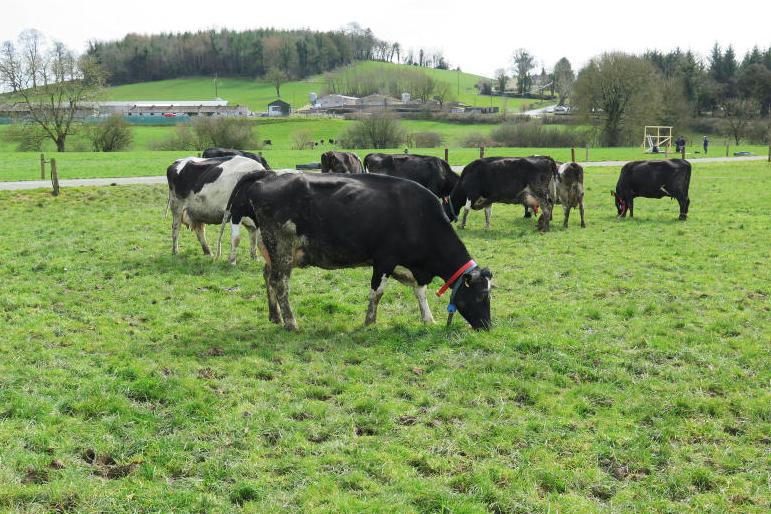
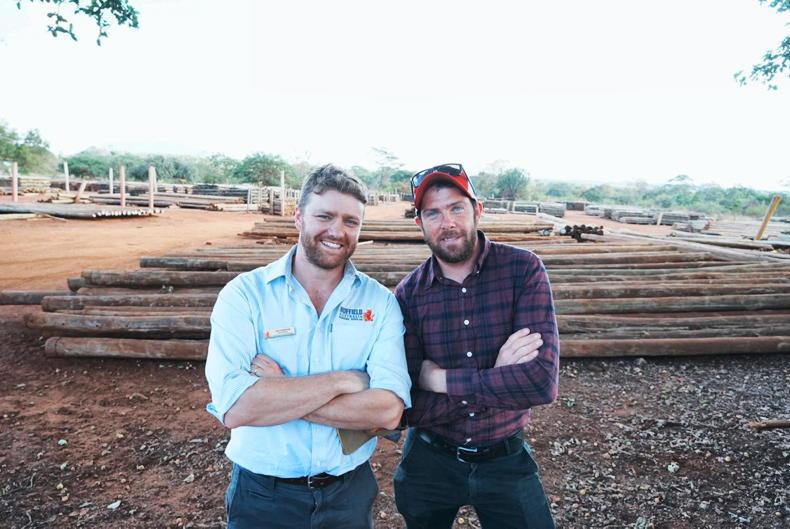

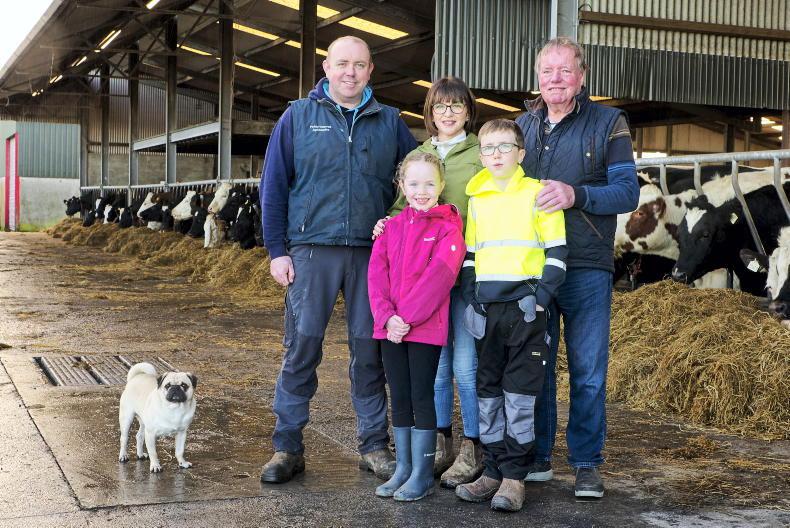
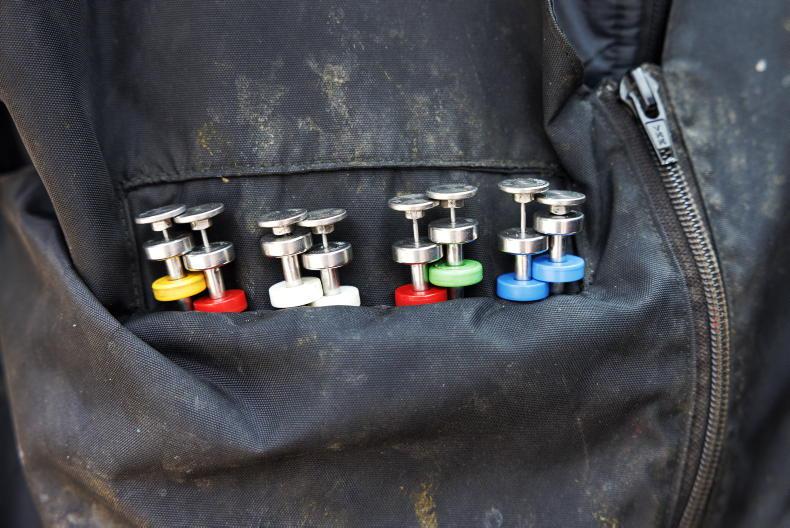
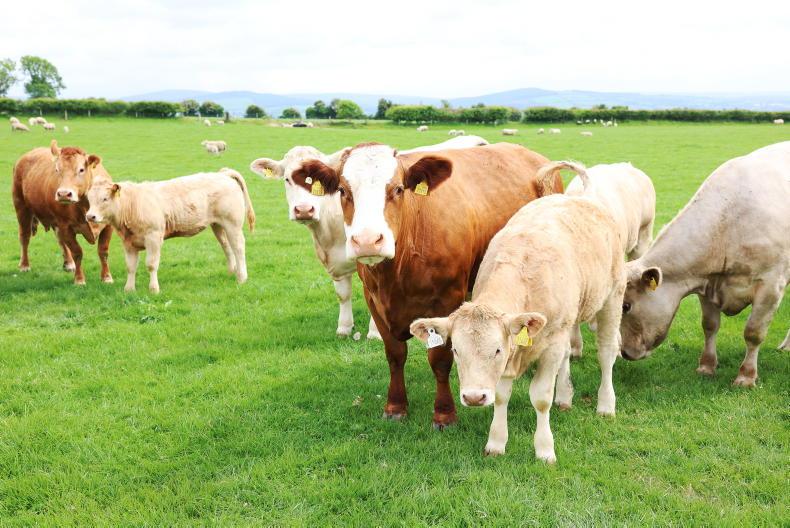
SHARING OPTIONS